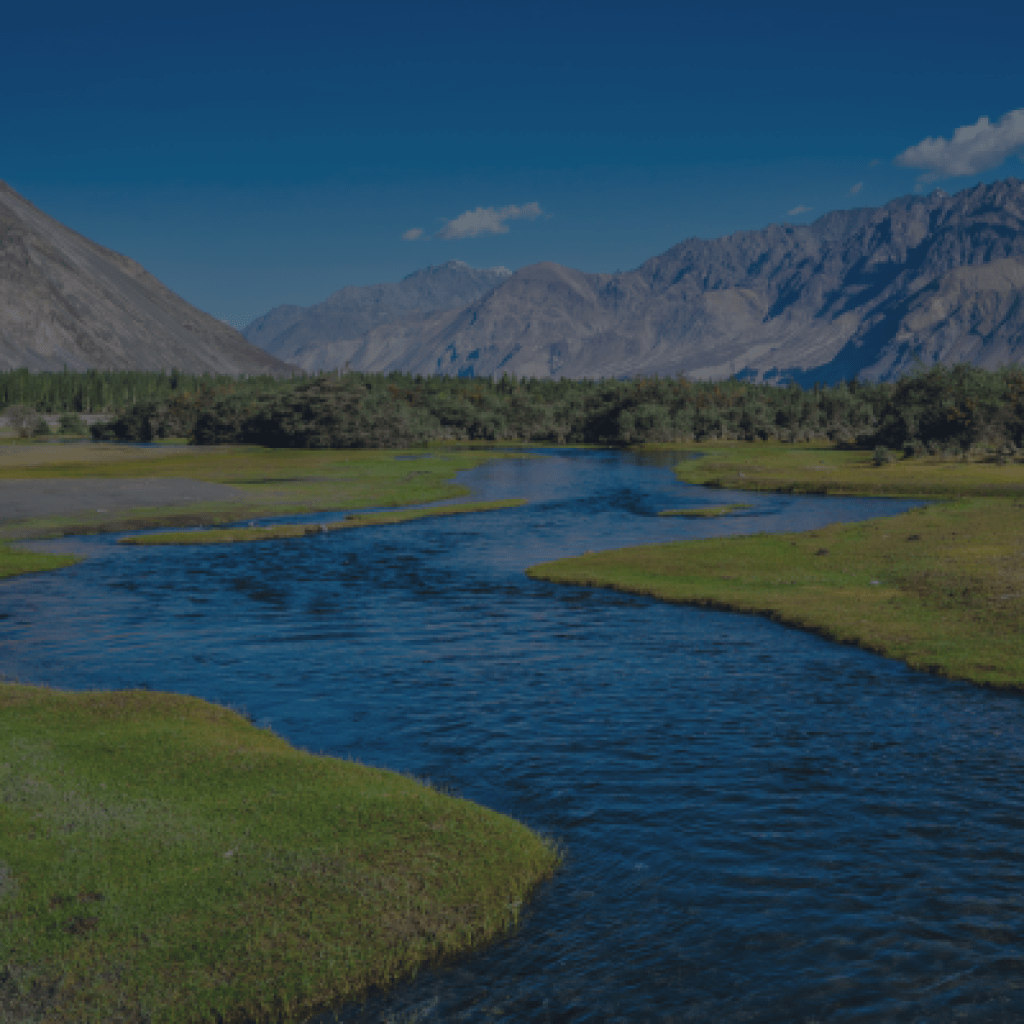High-altitude deserts rarely evoke images of lushness—but Ladakh defies expectations. Its rugged terrains cradle a rich botanical ecosystem of endemic herbs, wild fruits, medicinal plants, and stunning alpine flowers. For visitors, this is a hidden layer of Ladakh’s natural beauty—one that is deeply tied to local health traditions, cuisine, spiritual practice, and economic livelihood.
This guide introduces you to the flora of Leh District—what to look for, where to find it, when it blooms or fruits, and how it’s used by the locals
| Herb | Uses | Where to Find | Season |
|---|---|---|---|
Sola | Anti-stress, immune booster | Changthang, Nubra | June–Aug |
Khampa | Culinary spice, digestion | Sham valley fields | July–Sept |
| Gurgur (Thyme variant) | Cold remedy, tea | Tia, Hemis | Aug–Oct |
| Shukpa (Juniper) | Monastic rituals, incense | Leh hillsides, monasteries | Evergreen |
| Bergamo (Wild Mint) | Infusion, freshener | Near water bodies, Domkhar | July–Sept |
Tsesta | Cooking, medicine | Remote grazing fields | July–Sept |
Yartsa Gunbu | Aphrodisiac, high- | Changthang alpine zones (rare) | May–June |
Artemisia (Titepati) | Incense, medicinal tea | Hemis, Basgo | June–Sept |
Fruit
| Type
| Where to Find
| Uses
|
|---|---|---|---|
Halman Apricots
| Cultivated
| Sham Valley,
| Eaten fresh,
|
Chuli (Wild Apricots)
| Wild
| Basgo, Skurbuchan
| Juices, jams,
|
Seabuckthorn (Leh Berry)
| Wild shrub
| Nubra, Leh outskirts
| Juice, oil,
|
Mulberries
| Wild/
| Nubra,Zanskar
| Rare, eaten
|
Wild Apples & Pears
| Cultivated
| Turtuk, Stok
| Seasonal,
|
Walnuts & Almonds
| Trees
| Sham belt
| Traditional
|
| Barberries (Zereshk) | Wild berry | Hills above Saspol | Used in pulao, tangy jams |
Flower
| Where to See
| Best Time
| Notes’ |
|---|---|---|---|
Blue Poppy
| Nubra Valley, Changthang
| July–August
| Rare, high-altitude only
|
Edelweiss
| Tso Moriri belt
| Aug–Sept
| Endemic to Trans-Himalayas
|
Wild Roses
| Near water sources
| June–July
| Used for rose water
|
Marsh Marigold
| Wetlands, Gya-Meru
| May–July
| Bright yellow blooms
|
Primulas
| Fields around Hemis, Alchi
| June
| Comes in many colors
|
Ladakhi Iris
| Domkhar, Skurbuchan
| July–Aug
| Sacred flower for rituals
|
| Wild Lavender | Shyok belt | July–Sept | Mild fragrance, used in oils |
Medicine: Most villages still retain Amchi doctors who use dried herbs in treatments. Rhodiola, Artemisia, and Caraway are common.
Cuisine: Wild garlic, mint, and thyme are added to traditional soups and chutneys. Apricot oil is used in both cooking and skincare.
Economy: Seabuckthorn and apricot products are now major sources of women-led enterprise income—especially in Alchi, Domkhar, and Turtuk.
Spirituality: Juniper and wild flowers are used in lhabsang (ritual incense offerings) during morning prayers in homes and monasteries.
Region/Village
| Floral/Fruit Speciality
|
|---|---|
| Domkhar | Apricots, Herbal Trails, Apricot Seed Tea |
| Hemis Shukpachan | Mint, Wild garlic, Shukpa |
| Tia & Skurbuchan | Almonds, Roses, Sola |
| Alchi & Saspol | Herbal walks, Walnut trees |
| Changthang (Puga, Korzok) | Medicinal plants, Rhodiola, Yartsa Gunbu |
| Turtuk | Mulberries, Apples, Wildflowers |
Do not pluck flowers or dig herbs unless you’re with a guide or permitted by locals.
Avoid buying dried flowers or roots unless from a verified cooperative or certified herbal seller.
Support women’s collectives producing apricot or seabuckthorn products—these are sustainable and directly benefit local families.
Ladakh’s wild and cultivated plants form a subtle but essential layer of its living heritage—scented, edible, and powerful. Whether it’s sipping wild mint tea in a village homestay, seeing blue poppies in bloom at 15,000 ft, or buying cold-pressed apricot oil from a local women’s group, these experiences connect you to the land in the most sensory and rooted way.


